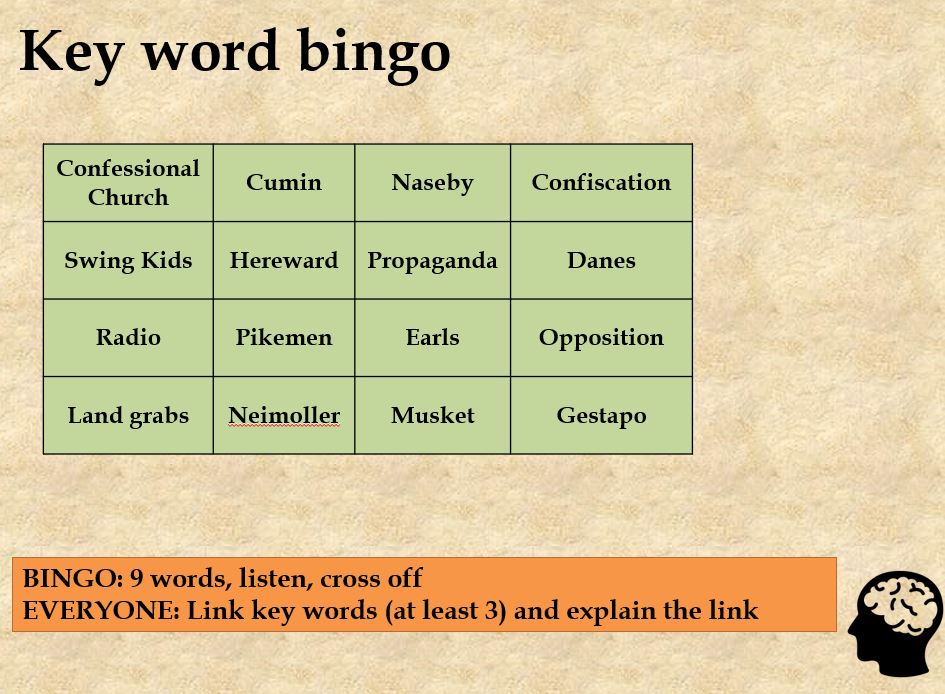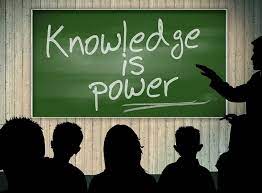My teaching has changed radically because of the following ideas. I trained in 2010-11 when learning styles were still advocated alongside not too much teacher talk and getting the students to discover their own learning. This is not a blog which is intended to dictate to anyone what they should or shouldn’t be doing but simply a reflection on what has worked for me. I tried to distil this down to the top five ideas that have fundamentally improved or changed my practice.
- Model of Memory
Knowing about the model of memory is, I feel, essential knowledge for all teachers. Without even this relatively simple understanding of how students learn we cannot use effective practice. This theory underpins all teaching, from the necessity of routines and high behavioural expectations to ensure students attention can be where needs to be all the way to using repeated retrieval to strengthen the memories. This even links back to curriculum design – what do we want students to know and be able to do?
The model of memory is only the first step/idea in the cognitive load theory which unpicks in more detail the best way to adapt teaching to ensure the brain is not overwhelmed with information. This further insight has been crucial to me considering the best way for all students to learn, using strategies such as chunking and ensuring that key information is understood before moving on.
- Retrieval Practice.
Retrieval practice is essential to students’ success. If we don’t practice retrieving the knowledge we are ‘taught’ then we won’t learn it. We must use these strategies to strengthen those connections and memories so that we can use this in building schema and our own understanding. This links clearly with the first idea of model of memory, this being how we can overcome some of the limitations of working memory by using repeated retrieval.
For me retrieval practice was my gateway into teaching and learning and as such has made a significant impact on my teaching practice. From a simple retrieval starter to building it into homework and leading me down the path of knowledge organisers and curriculum design focusing on core knowledge, this is something that is now radically different in my practice.
My students could probably give you the speech I give them about how over time we forget and therefore must use the information regularly to give ourselves the best chance. I now teach retrieval strategies as part of revision from Year 7, hoping to embed good practice ready for exams later in school and beyond.
- Checking for Understanding
By this I don’t mean the age old ‘does everyone understand?’ question thrown out in the hopes no one raises their hand but true responsive teaching. Checking for understanding is using a variety of methods to check ALL students understanding.
Mini whiteboards are having a golden period in their usage to quickly see what all students know using quick fire and multiple-choice questions but also effective questioning, choral response, thumbs up/down etc. Within my own classroom choral response has been helpful in seeing how confident students are and pairing this with students repeating/explaining key points to each other have enabled me to embed student understanding. By using these strategies, teachers can respond effectively, deciding whether to reteach, move on or address with specific individuals. This decision is by far the most important, as without responding to what you find, there is little point in doing it in the first place.
- Questioning
Questioning, when I first started teaching, seemed simple enough but like many aspects of teaching the nuance has been revealed over the years. This is essential for checking for understanding and is one of the powerful tools at our disposal. Combing questioning with strategies that help to build student confidence, such as Everyone Writes or using thinking time can help increase effectiveness even further.
I have worked hard to embed techniques such as ‘Cold Call’ and ‘Think, Pair, Share’ in a warm and effective manner (see earlier blog post on How to Warm Up Cold Call). This has allowed me to assess more students understanding and therefore respond but also to increase the number of pupil’s actively engaged in the lesson. This in turn means students are having to pay attention, again linking back to that model of memory.
- Live Marking
Live marking or forensic monitoring has greatly reduced the amount of marking I have to take home. This is the process of moving around the room whilst students are working to check for misconceptions, good answers, assess understanding and supply feedback that moves students on. This gives students the ability to address misconceptions and mistakes in the moment, reducing the chance that these will be embedded. This allows for greater student progress, more opportunities to respond and furthermore is a great workload win.
These are only some of the most important and effective teaching ideas in my own practice. These combine to create an effective classroom which is based in evidence-based strategies. However, this is a long game and many years of reading, trial and error. Teaching is a marathon, not a sprint and no one starts off with all these techniques readily available. Instead, this is a lengthy process of purposeful habit building, another life element which takes time. I chose to focus on different strategies at different points, adapting for my own practice until they were fully embedded and automated and therefore, in the moment, I could select the relevant technique for the situation. Do I always get this right? No, but by building my teachers toolbox I am more likely to reach for the right strategy at the right time.
Consider then, what effective teaching strategies are in your top 5 and what would you like to add to your repertoire?




Leave a comment